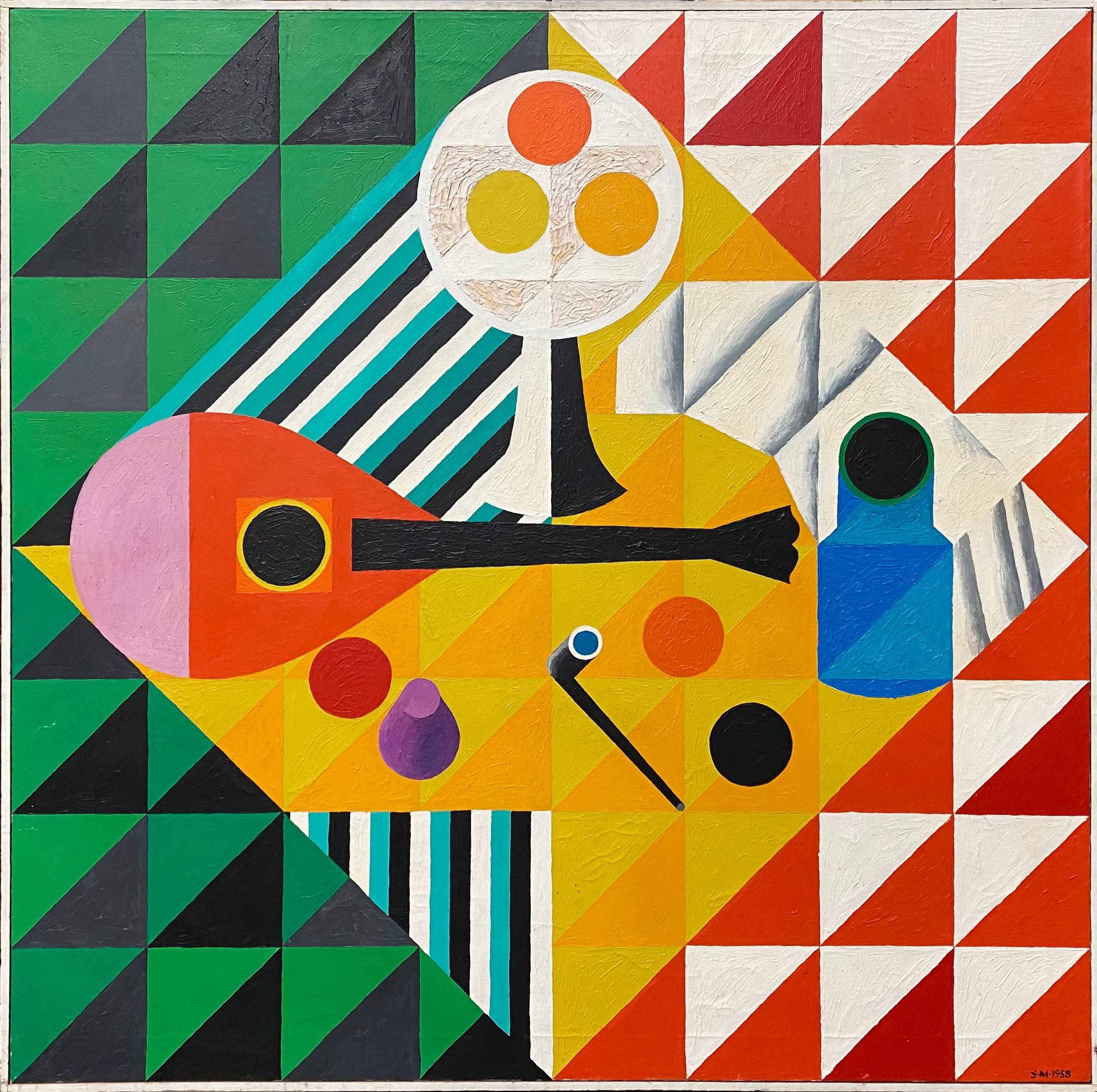
In Pursuit of Abstraction:
Instructors at the University of Washington School of Art in the 1960s
July 2 - October 9, 2022
Drawn from MoNA’s Permanent Collection, In Pursuit of Abstraction, Instructors at the University of Washington School of Art in the 1960s celebrates the prominence and pervasiveness of abstraction in the work of the cadre of artists who taught at the School of Art during the Sixties. Artist Alfredo Arreguín—whose exhibition Arreguín: Painter from the New World is featured in the first-floor galleries of the museum—graduated from the School of Art in 1969.
In Pursuit of Abstraction establishes a connection between his distinctive use of patterns and color—the dramatic tension between figuration and abstraction orchestrated by means of these two elements in a painting—and the artistic environment in which he immersed himself during his formative years at the School of Art.
Image: Spencer Moseley, Viola’s Mandolin, 1958, oil on canvas, 40"h x 40"w, framed, no glaze
Image: Boyer Gonzales, Galiano #2, 1967, Acrylic on masonite, 18” x 24”
Collectively, notwithstanding the various lineages, the visual strategies adopted by the artists featured in In Pursuit of Abstraction signal the prominent role of abstraction as the language for visual expression during the 1960s. As a lingua franca—a language that is chosen as a shared language—its adoption within and without the circle of artists teaching at the School of Art, guaranteed a broader circulation and exchange of ideas. For many students, like Arreguín, it offered a system of visual communication in which color and pattern would become the foundation of his artistic achievements.
Image: Francis Celentano, Orange and Purple Delta, 1972, Acrylic on canvas, 70” x 50”
Image: Michael Spafford, "Three Swimmers No.1", 1977 (AP), woodblock print, 11"h x 15"w
The 1960s was a decade of growth for the School of Art. Recruited by Walter F. Isaacs (director, 1935-1954) and by his successor Boyer Gonzales (1954-1966), faculty enlisted artists such as Frederick Anderson, Wendell Brazeau, Francis Celentano, Michael Dailey, William Hixson, Alden Mason, Spencer Moseley, Michael Spafford to name a few. Common to their practice was the intentional pursuit of various levels of abstraction through composition—often geometrical, with patterns and repeated shapes—and vibrating colors.
Some of them felt the gravitational pull of early European modernism—both Moseley and Brazeau trained with French cubist Fernand Leger (1881-1995). Others, like Daley and Gonzales explored the possibilities laid out by American Abstract Expressionism. Spafford, by means of flat forms and composition, stylized mythological subjects to the point of abstraction, while Celentano, responding to the perceptual aspects of painting, as the illusion of movement and the interaction of color, blazed a path in Optical Art. Jacob Lawrence would join the faculty in 1970 embracing the use of patterns and flat compositions indebted to hard-edge abstraction.
Image: Alden Mason, Saucy Orange (Burpee Series), 1978, Oil on canvas, 84” x 84” (framed)
Image: Michael Dailey, Down by the Sea #3, 1987, Acrylic on canvas, 52” x 81” (framed)






